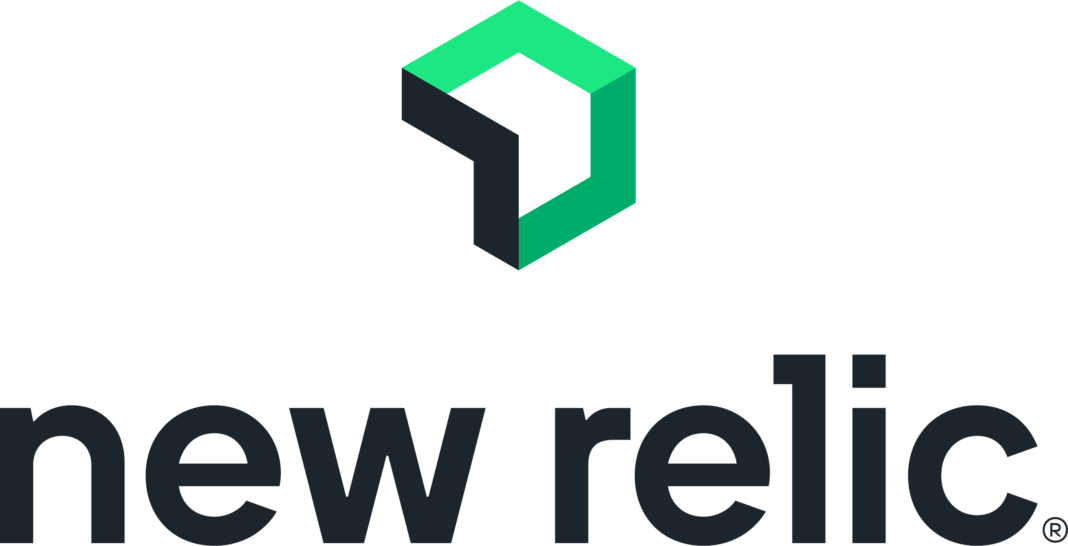As modern applications become increasingly complex, ensuring optimal performance and availability is crucial for businesses. Synthetic monitoring is a powerful technique that allows organizations to proactively monitor their applications and user experiences. New Relic, a leading observability platform, offers a comprehensive suite of tools, including Synthetics, designed to provide valuable insights into application performance. In this article, we will explore the steps to set up and leverage Synthetics monitoring effectively in New Relic.
Step 1: Accessing New Relic and Navigating to Synthetics:
To get started, log in to your New Relic account and navigate to the Synthetics dashboard. Synthetics can be found under the “Explore” menu. If you are new to New Relic, ensure that you have a valid account and the appropriate permissions to access and configure Synthetics.
Step 2: Creating a Monitor:
Once you are on the Synthetics dashboard, click on the “Create Monitor” button to begin setting up a new monitor. You will be presented with various options, including API tests, browser tests, and scripted tests. Choose the type of monitor that best suits your requirements.
Step 3: Configuring Monitor Settings:
Next, provide essential details such as the monitor name, the URL or API endpoint to monitor, the desired location for monitoring, and the frequency of tests. You can also configure advanced settings like SSL certificate validation, request headers, and more. Ensure that you define meaningful alert conditions to receive notifications when the monitor encounters issues.
Step 4: Defining Test Scripts:
For scripted tests, you can define custom scripts using popular scripting languages like JavaScript. These scripts allow you to simulate user interactions, perform complex test scenarios, and validate application behavior. Leverage New Relic’s comprehensive documentation to understand the available scripting capabilities and write effective test scripts.
Step 5: Analyzing Test Results:
After running tests, New Relic Synthetics provides detailed reports on performance metrics, response times, error rates, and more. Analyze these results to identify areas of improvement and potential bottlenecks in your application. Leverage New Relic’s intuitive dashboards and visualization tools to gain actionable insights and make informed decisions.
Step 6: Integrating with Alerting and Incident Management:
To ensure timely response to issues, integrate Synthetics monitoring with New Relic’s alerting and incident management features. Configure alert policies based on specific conditions, such as response time exceeding a threshold or error rates surpassing acceptable levels. This integration enables your team to stay informed and take immediate action when issues arise.
Step 7: Continuous Improvement:
Synthetics monitoring in New Relic is not a one-time setup but an ongoing process. Regularly review and refine your monitors, scripts, and alerting policies as your application evolves. Continuously monitor and analyze performance trends to proactively address potential problems and optimize your application’s user experience.
Conclusion:
Implementing Synthetics monitoring in New Relic empowers organizations to gain valuable insights into their application’s performance and user experience. By following these steps, you can set up effective monitors, configure alerts, and leverage New Relic’s powerful analytics tools to optimize your application’s performance. With Synthetics monitoring in place, you can proactively identify issues, improve application responsiveness, and provide exceptional user experiences. Embrace the power of New Relic’s Synthetics and unlock a new level of observability for your applications.
